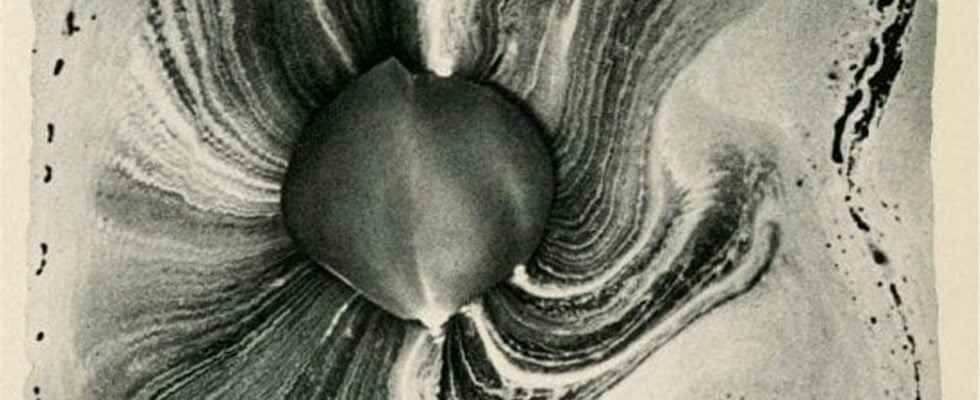Today in the Cabinet of curiosities, we’re off on an excursion into the world of photography… and smells. Earl Grey, jasmine or Oolong tea, choose your favorite tea and let its scents invade you.
You will also be interested
[EN VIDÉO] Are bad odors toxic? Some gases or spoiled products have a foul odor. But there are conversely very toxic products with a pleasant smell.
Few inventions have enjoyed such immediate and resounding success as the photography. Less than ten years after the production of the first photoengravings by Nicéphore Niépce, this new medium became the object of all sorts of experimentation, from the most scientific to the most poetic. In the 1830s, Talbot captured the silhouettes of plants and flowers on plates coated withemulsionwhile Daguerre is in charge of immortalizing the Moon. Microphotography was born, and then in the 1860s, William H. Mumler accidentally captured the first image of ” Phantom in double exposure.
Little by little, photography also becomes a means of revealing to theeye human what he fails to perceive. 1875: The Naval Observatory in Washington captures the diaphanous beauty of the Orion Nebula. 1878: Eadweard Muybridge breaks down the movement of living beings into vignettes. 1895: the skeletal contours of Anna Roentgen’s hand are revealed under the X-rays. 1897: electric shocks are forever suspended in time by engineer William Armstrong. 1931: the Japanese aeronautical research institute designs a device capable of capturing 60,000 images per second. 1938: a surrealist and a botanist exhibit for the first time photographs of smells…
Josef Breitenbach and the Surrealists
Son of wine merchants, salesman for an instrument firm, accountant, revolutionary, politician, then wine merchant himself, Josef Breitenbach has known many lives, but it is as a photographer that we remember today from him. After taking refuge in Paris to escape Hitler’s private army, he discovered the surrealist movement and began discussions with several of its most prominent members. He quickly began to experiment with double exposure, montage, negative printing, solarization, the photogram and even colored photography. His most unique contribution, however, stems from his collaboration with Henri Edgard Devauxa Lecturer in botanical and professor of plant physiology, forgotten by history.
We don’t have much information about the experiment they had together, but here’s what we do know. In 1938, the Royal Photographic Society hosted a series of stunning images by the now recognized Josef Breitenbach. Several represent roses from which seem to emanate spectral vapours. Another, abstract, could be seen as a iris giant suspended in a composition by Dalí, or as one of the verses of sands imagined by Frank Herbert, opening his terrifying mouth above a dark landscape. Another still hints at the shape of a petal of pink, transformed for the occasion into a strange sun from which undulating rays emanate…
Mercury mirror and drawings in talc
The captions that accompany these photographs within the exhibition could not be simpler and clearer. Yet they only add to their mystery. Scent of a Rose. Camphor scent. The perfume of lilies made visible. Are these olfactory phantoms just a sleight of hand, like the ectoplasms and spirits allegedly revealed by the talents of spiritualist photographers? Not if we are to believe Devaux’s work on monomolecular blades, because thanks to a surface of mercury covered with talc, it would have succeeded in capturing the odorous molecules (or VOC) in order to make them visible! The talc, spread in a thin layer (known as monomolecular), would be repelled in places by the vapors of the fragrant object (a rose, a coffee beanor even a onion for example).
Breitenbach will never reveal exactly how Devaux’s preparations will transfer to photography, but if the description provided is to be believed by journalist Amy Porter in 1945, the object would have been placed very close to the surface of mercury so that its perfume could deposit its imprint there. After about 20 seconds, the photographer would then have captured his subject placed in front of this shimmering surface marbled with patterns, resulting in poetic, captivating images, at the interface between art and science, and which therefore well deserved, to be included in our Cabinet of curiosities.
—
Discover Science Hunters ! Every other Saturday, dive into an immersion alongside adventurers and researchers, patients and heroines who wrote the small and the great History of Science.
—
Interested in what you just read?
